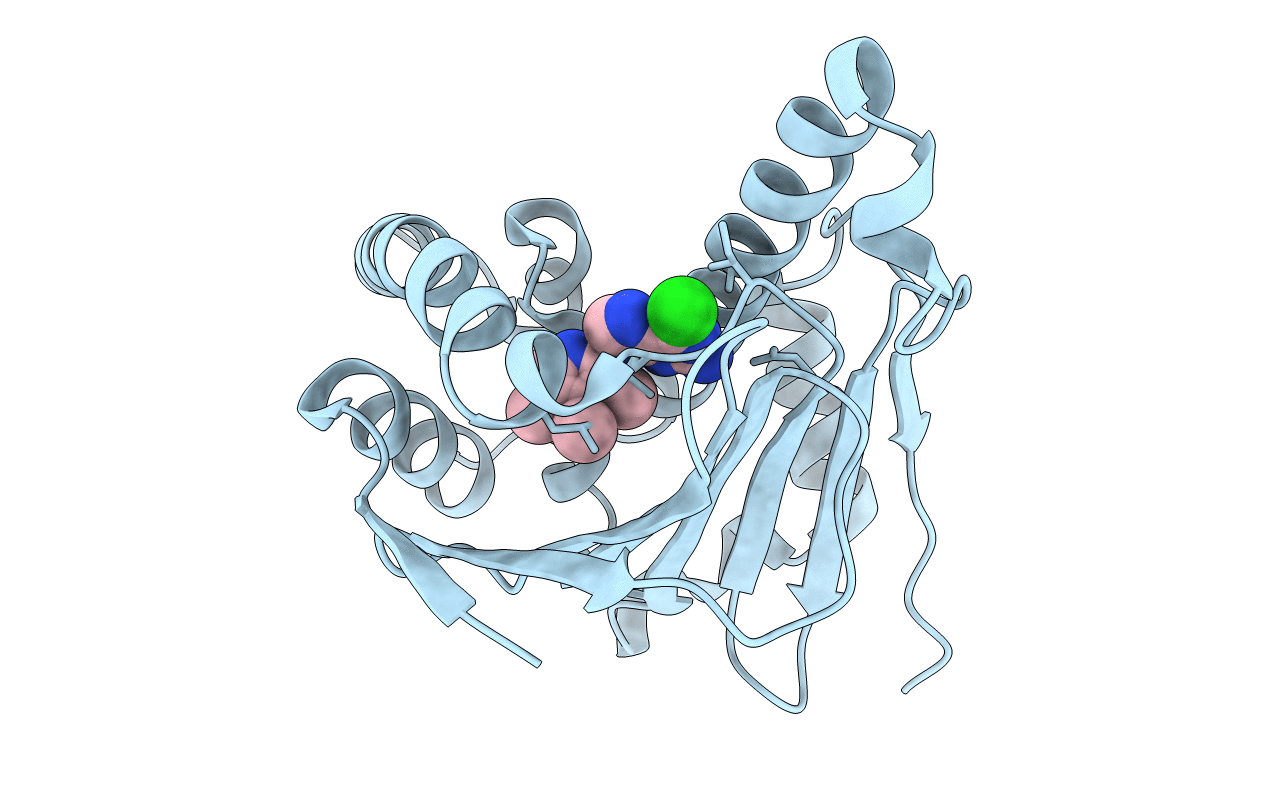
Deposition Date
2011-01-18
Release Date
2012-07-18
Last Version Date
2024-05-22
Entry Detail
PDB ID:
3QDD
Keywords:
Title:
HSP90A N-terminal domain in complex with BIIB021
Biological Source:
Source Organism:
Homo sapiens (Taxon ID: 9606)
Host Organism:
Method Details:
Experimental Method:
Resolution:
1.79 Å
R-Value Free:
0.20
R-Value Work:
0.17
R-Value Observed:
0.17
Space Group:
I 2 2 2


